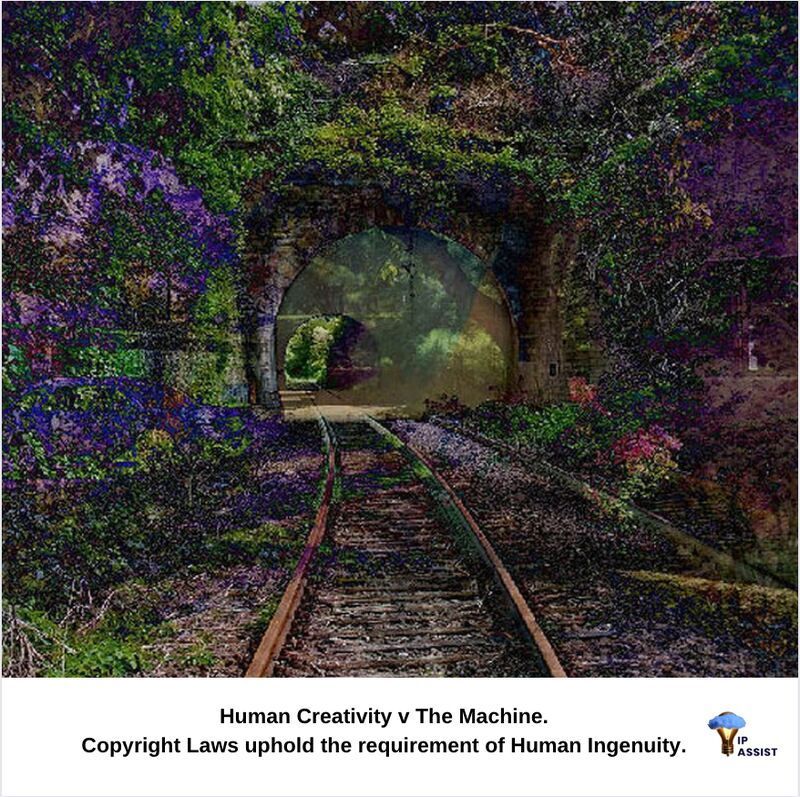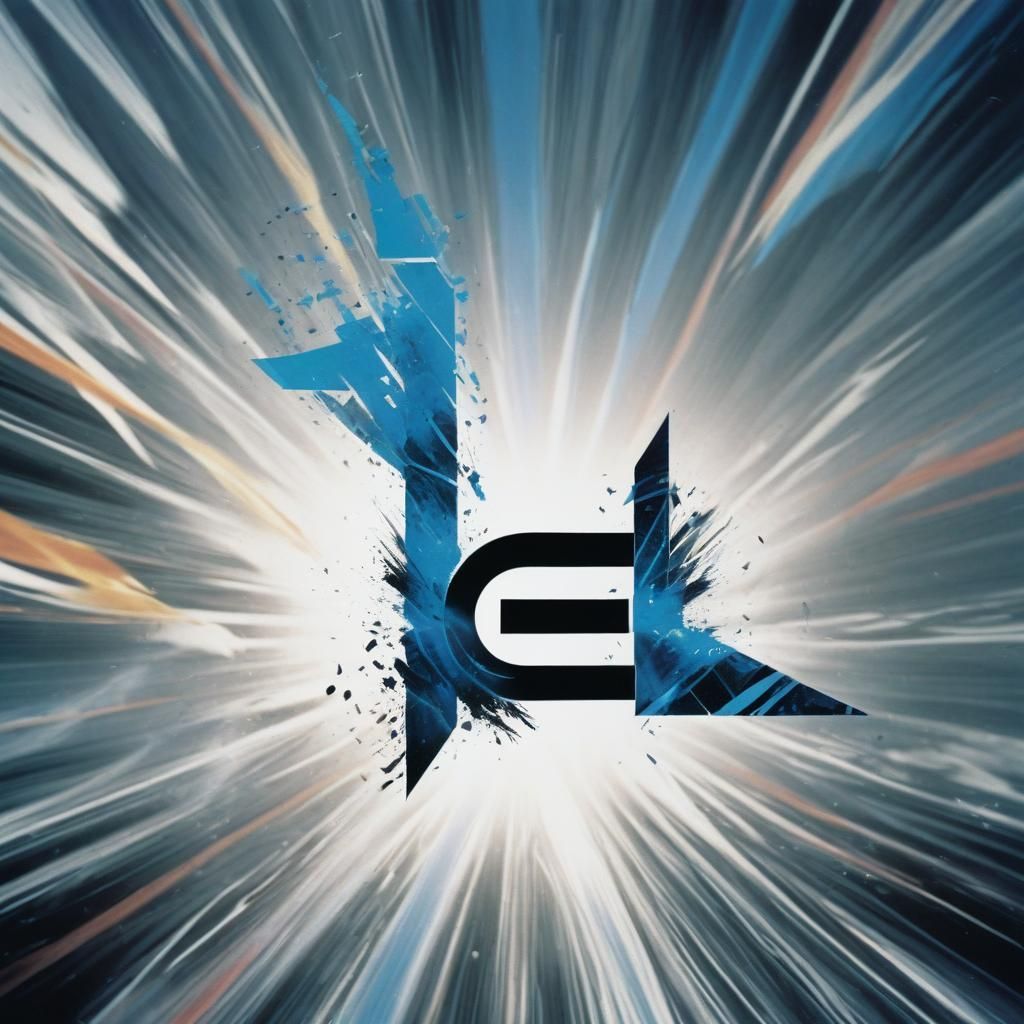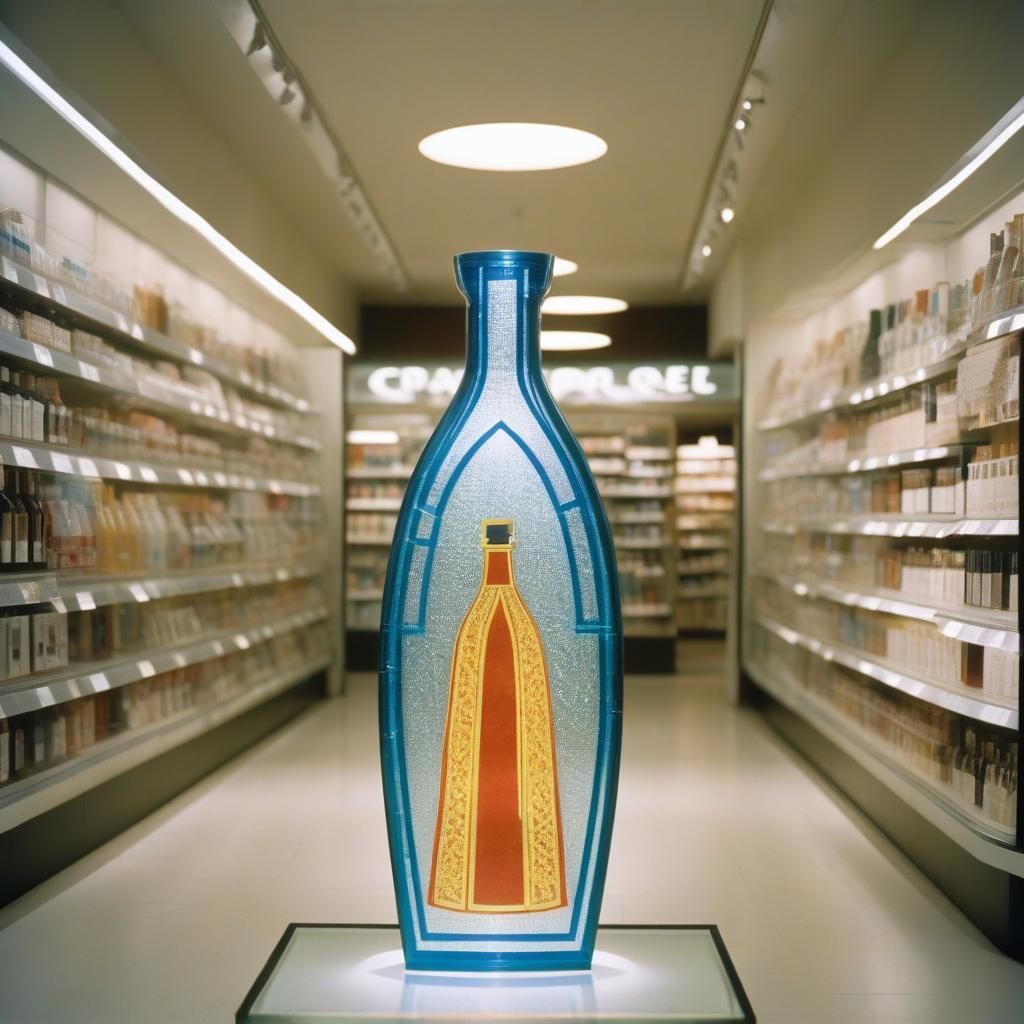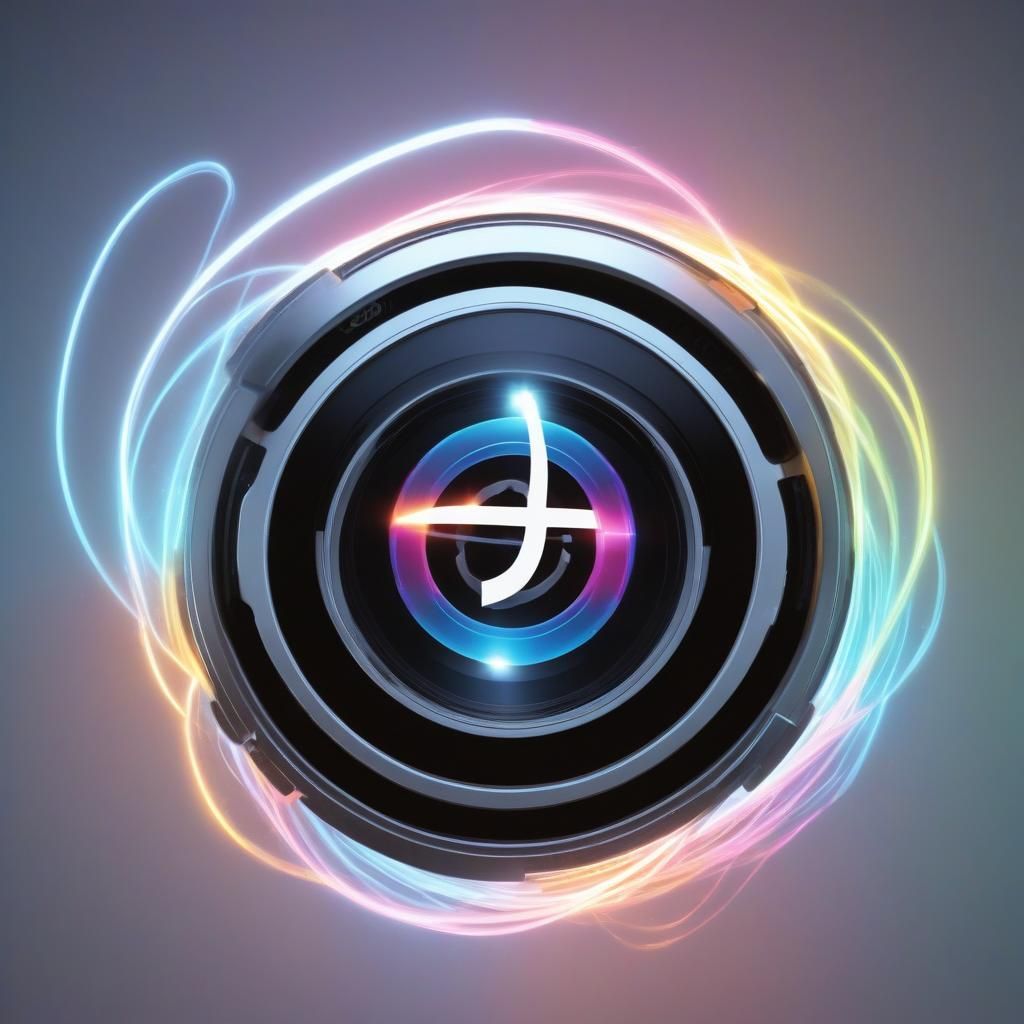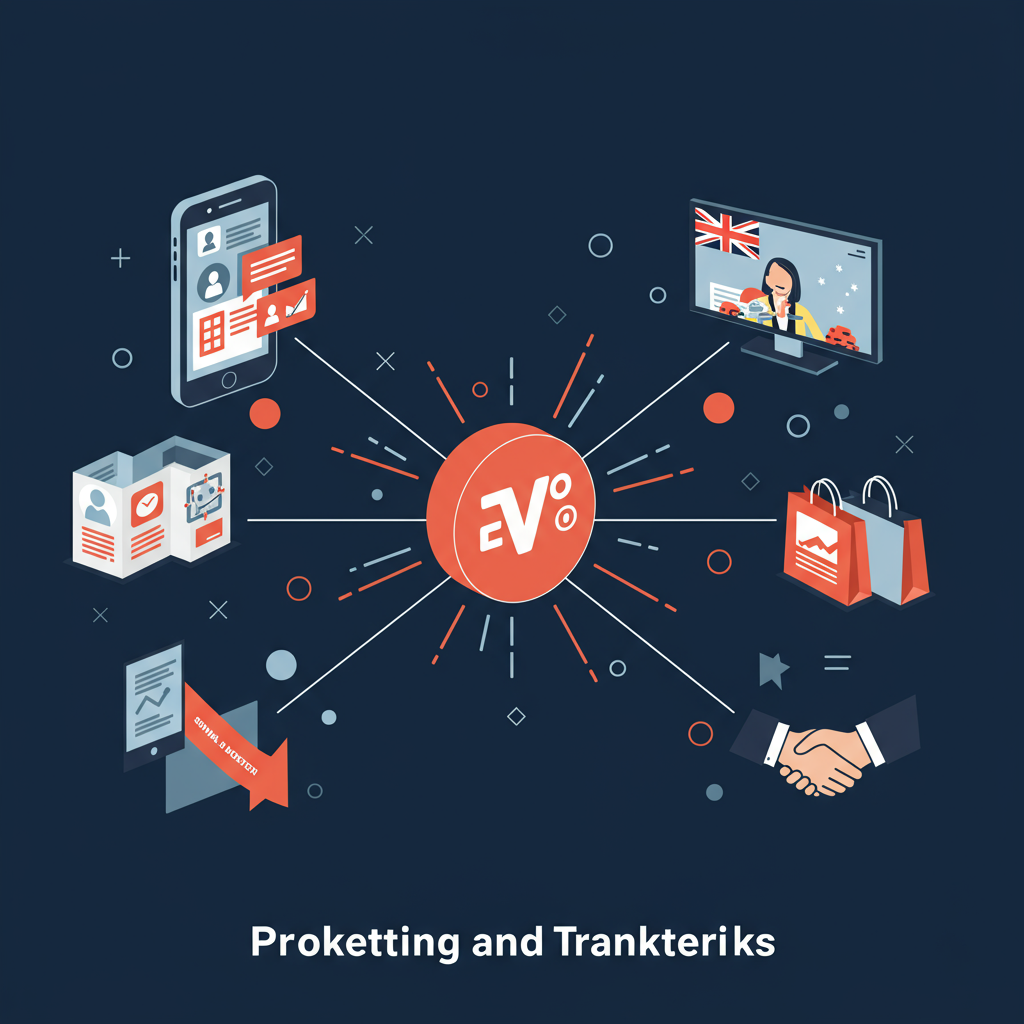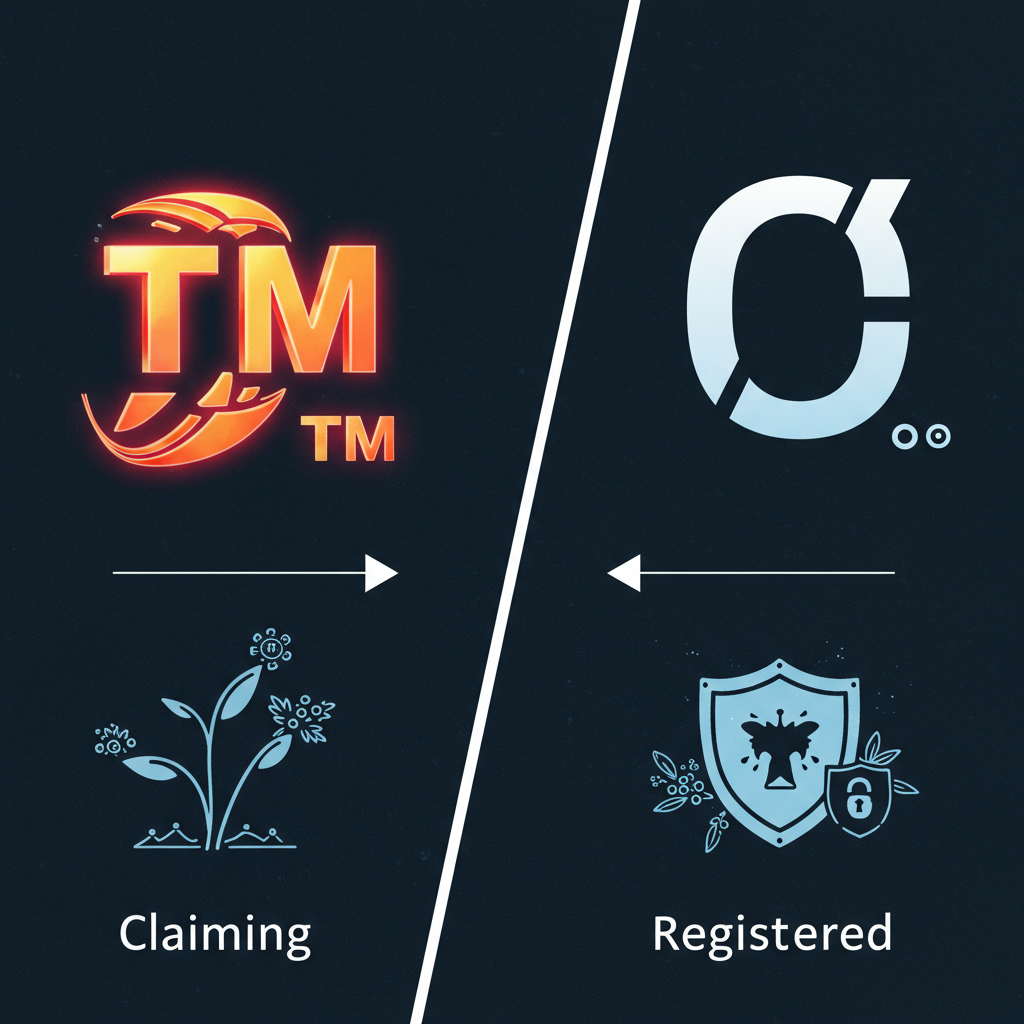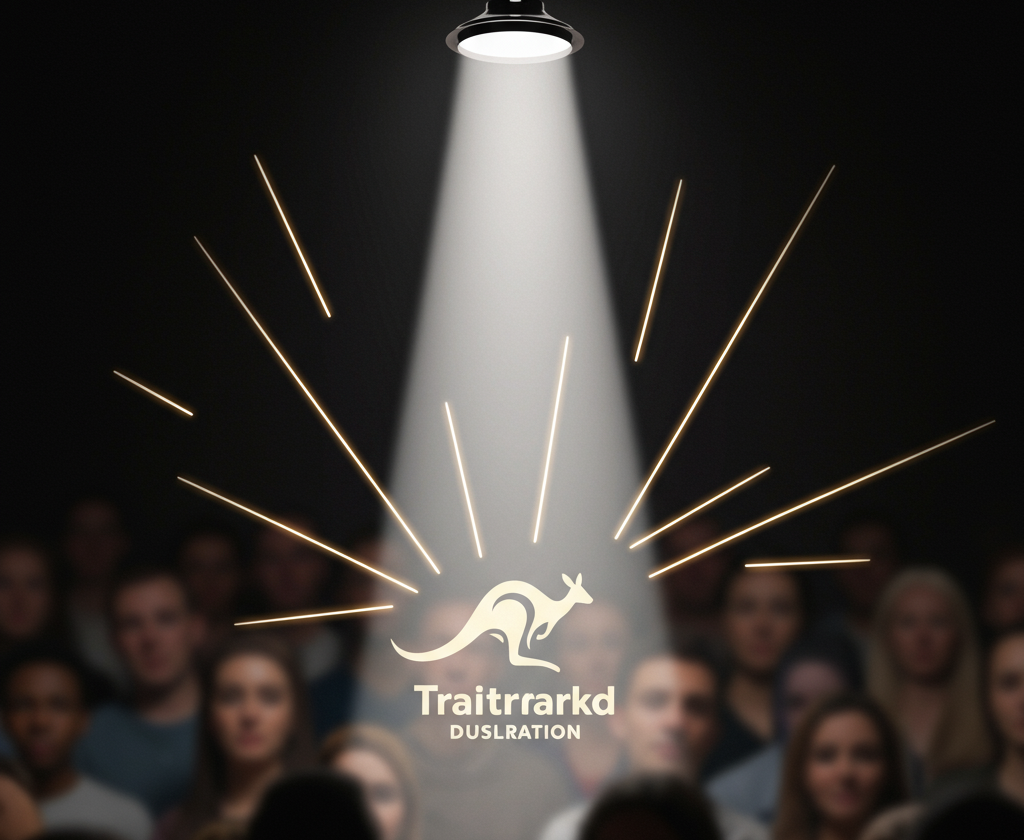Human Creativity v The Machine
Copyright Laws uphold the need for Human Ingenuity
This AI-generated artwork created by Stephen Thaler was produced by an AI model known as the Creativity Machine, developed by Thaler himself. Despite Thaler's efforts to secure copyright for the AI-generated image, a ruling by Judge Beryl A. Howell of the United States District Court determined on Friday that such works, created solely by artificial intelligence, are not eligible for copyright protection.
The court's decision rests on the principle that human authorship is an essential requirement for obtaining copyright, effectively precluding AI-generated creations from this form of legal protection. This is important for any developers of A.I work as it highlights the importance of human authorship in all elements of the creative process. This is likely a safeguard for our creative industries which most recently seen widespread strikes in Hollywood, including the use of A.I in the film production process.
Despite her ruling, Judge Howell acknowledged the evolving landscape of copyright in the context of AI-generated art. She recognized that the artistic realm is on the brink of a new era where AI is embraced as a creative tool by artists, prompting intricate queries regarding the extent of human involvement required for AI-created works to be eligible for copyright protection. She highlighted the fact that AI models often learn from existing works, introducing complexity to the issue of originality.
This is likely the first of many rulings (including our advice to Kris Kashtanova whose comic book art in “Zahrina Dawn of the Dead” which was denied copyright protection in US) in which the boundaries of human and machine creativity will continue to be tested.
What is emerging is a philosophical debate about the role of art in our society and its continued importance to elevate human connection and understanding.
